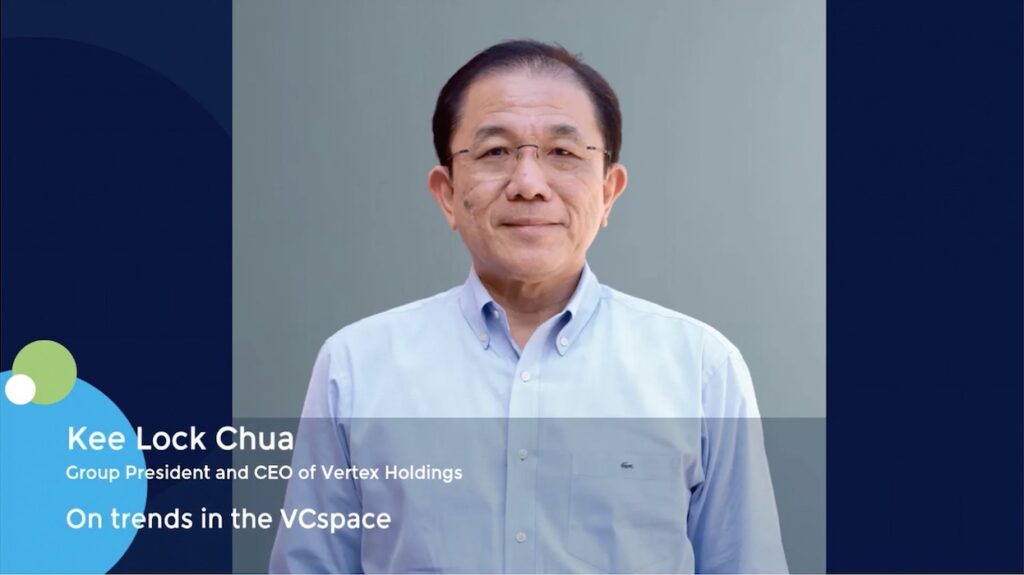Marshall Bartlett, Managing Director at Fisher Lynch Capital, on trends in co-investments
In a recent ION Influencers Fireside Chats, Marshall Bartlett, Managing Director at Fisher Lynch Capital (FLC), to explore the rise of private equity co-investments and the evolving dynamics between sponsors, LPs, and co-investment managers.
Key Topics Discussed
1. Marshall Bartlett Background and Fisher Lynch Capital’s Focus
-
Decades-long career in private equity investing.
-
Joined FLC nearly 18 years ago and serves on the executive and investment committees.
-
FLC is one of the largest firms dedicated exclusively to co-investments, managing ~$10B AUM.
-
Founded 20+ years ago by ex-GIC leaders who pioneered co-investing as a strategy.
-
Offices in Boston, San Francisco, and London.
2. What is a Co-Investment?
-
Direct investment into a private company alongside a private equity sponsor, instead of via a traditional PE fund.
-
Avoids fund-level fees and carry (typically 1.5–2% + 20%).
-
A cost-efficient way for LPs to access private equity and improve net returns.
3. The Evolution of Co-Investing (Last 20+ Years)
-
Once a niche strategy, now a $100B+ annual market.
-
Growth driven by:
-
LPs recognizing the benefits of fee savings and transparency.
-
GPs offering co-investment to strengthen LP relationships and avoid “club deals” with competing sponsors.
-
-
Market has grown 50x faster than private equity overall in the past 25 years.
4. Building Strong LP Relationships
-
FLC limits the number of LP relationships to ensure partner-level access.
-
LPs are treated as extensions of the FLC team, not just investors.
-
Frequent touchpoints: weekly calls, standing monthly meetings, and regular in-person updates.
-
LPs benefit from insights into sponsor practices by co-investing in live deals.
5. Keys to Strong Deal Flow
-
Two critical drivers:
-
LP commitments to primary funds → GPs prioritize co-investment opportunities for key LPs.
-
Being a value-add co-investor → responsive, commercial, transparent due diligence, and flexible structuring.
-
-
Creates a virtuous cycle of repeat deal flow.
6. Skills Needed for Co-Investments vs. Fund Investing
-
Different skill sets: evaluating individual companies vs. fund managers.
-
Requires direct deal experience, sector knowledge, and ability to work under compressed timelines.
-
FLC teams (4–5 people per deal) handle multiple transactions simultaneously.
-
Junior team members play an active role in due diligence and LP communications, building the next generation of leaders.
7. Due Diligence Under Pressure
-
Benefit: leverage the sponsor’s deep diligence.
-
FLC overlays its own focused, risk-driven analysis.
-
Prioritizes the key drivers of deal outcomes, especially under tight deadlines (sometimes one week).
8. Alignment and Structuring in Co-Investments
-
Co-investors are minority investors → alignment with sponsors is crucial.
-
Protective structures include: tag-along/drag-along rights, minority protections, and aligned securities.
-
Strong documentation ensures LPs move in lockstep with sponsors at exit.
9. Emerging Structures: Continuation Vehicles (CVs)
-
A fast-growing part of the secondary market.
-
Allows sponsors to move portfolio companies into a new SPV to extend hold periods.
-
LPs can roll or sell, but most sell (80–90%).
-
CVs offer co-investment-like exposure, though fee savings may be limited.
-
Trend blurs the line between secondaries and co-investments.
10. Risks in Co-Investments
-
Risks span:
-
Company-level (industry, competition, management).
-
Financial/transaction (valuation, leverage, exit options).
-
Portfolio construction (diversification, pacing, vintage year exposure).
-
Operational execution (compliance, tax, administration).
-
-
Success requires strong processes, experienced teams, and disciplined portfolio management.
11. Macro Risks and Market Outlook
-
Current environment: high valuations, economic uncertainty, geopolitical tensions, elevated inflation.
-
Key takeaway: private equity cannot be timed.
-
The best approach is measured deployment, rigorous diligence, and consistent capital allocation across cycles.
Key timestamps:
00:08.32 Introduction to ION Influencers Fireside Chats
03:17.68 Evolution of Co-Investments
06:45.82 Building Relationships with Limited Partners
08:50.54 Generating Deal Flow for Co-Investments
10:58.00 Skills Required for Co-Investment Teams
14:32.50 Due Diligence in Co-Investments
16:28.10 Aligning Interests with Limited Partners
17:53.34 Emerging Structures in Co-Investment
20:09.26 Correlation Between Co-Investments and Secondaries
23:36.69 Understanding Different LP Strategies
26:26.17 Navigating Macro Economic Trends
28:11.11 Conclusion and Final Thoughts











